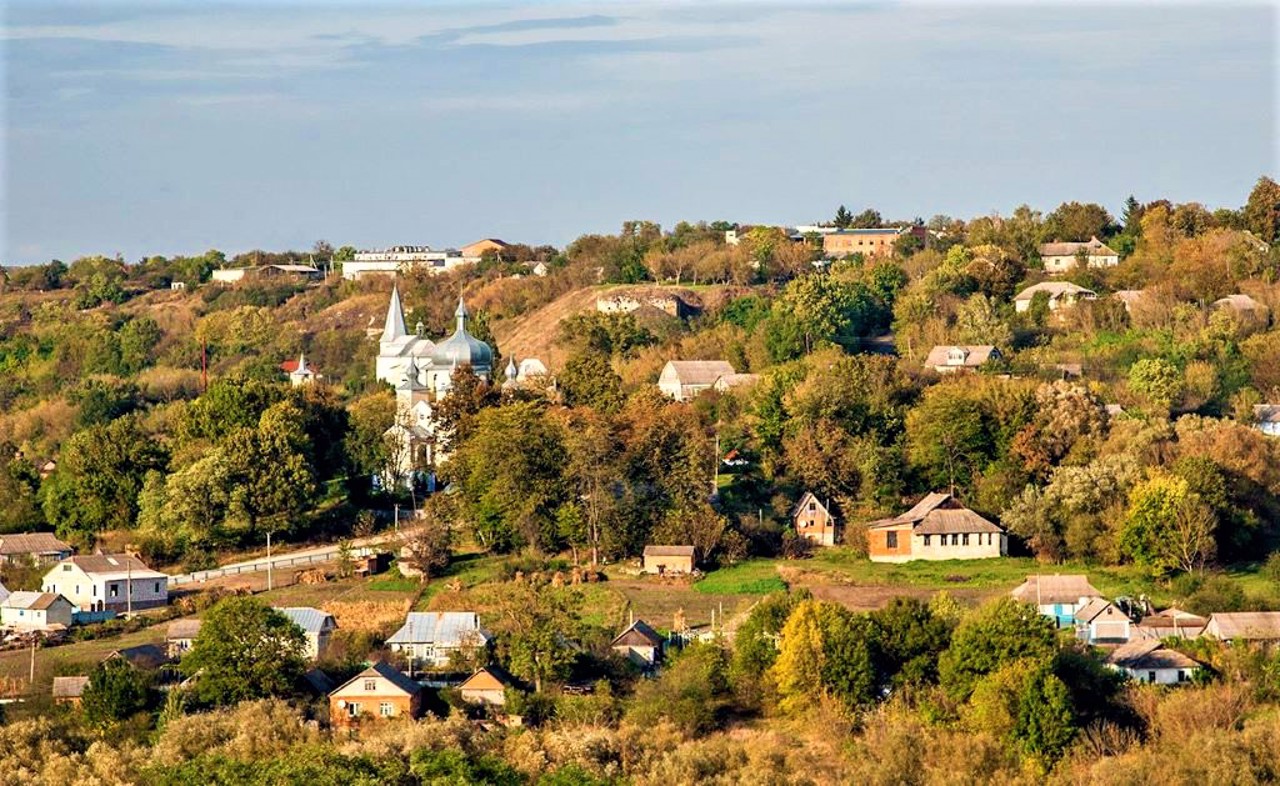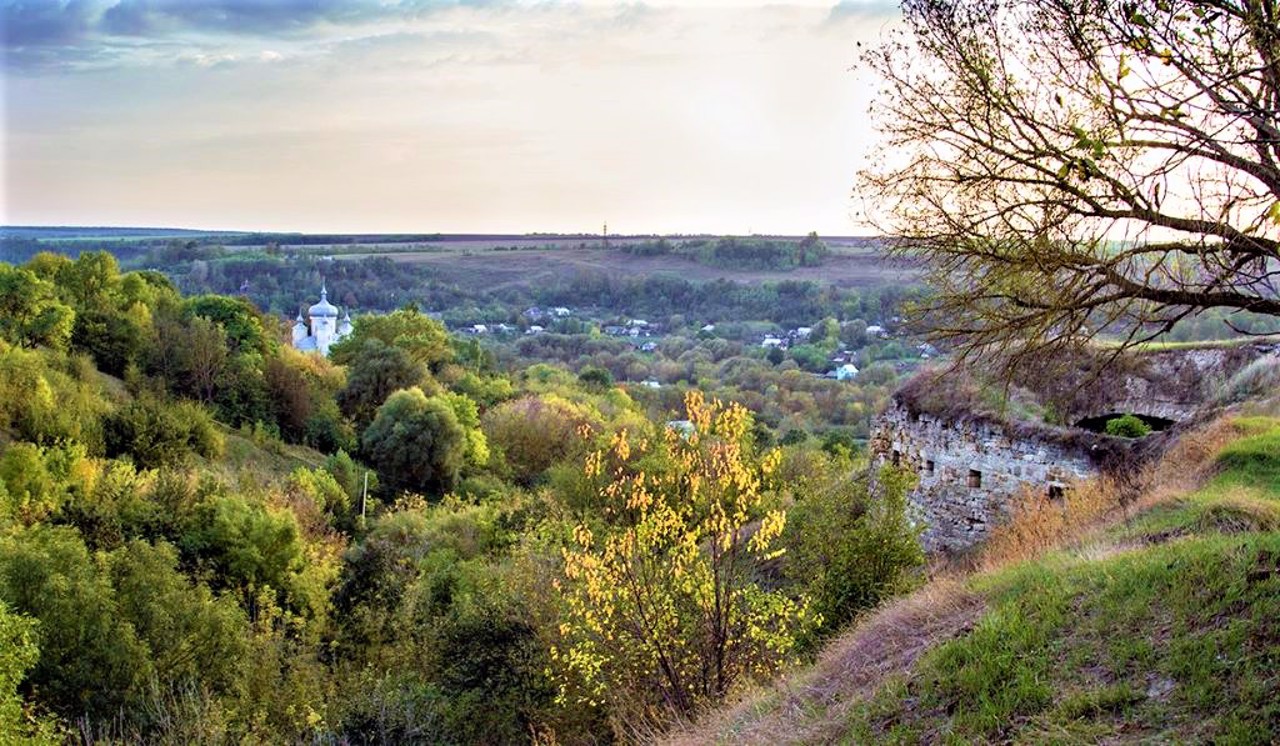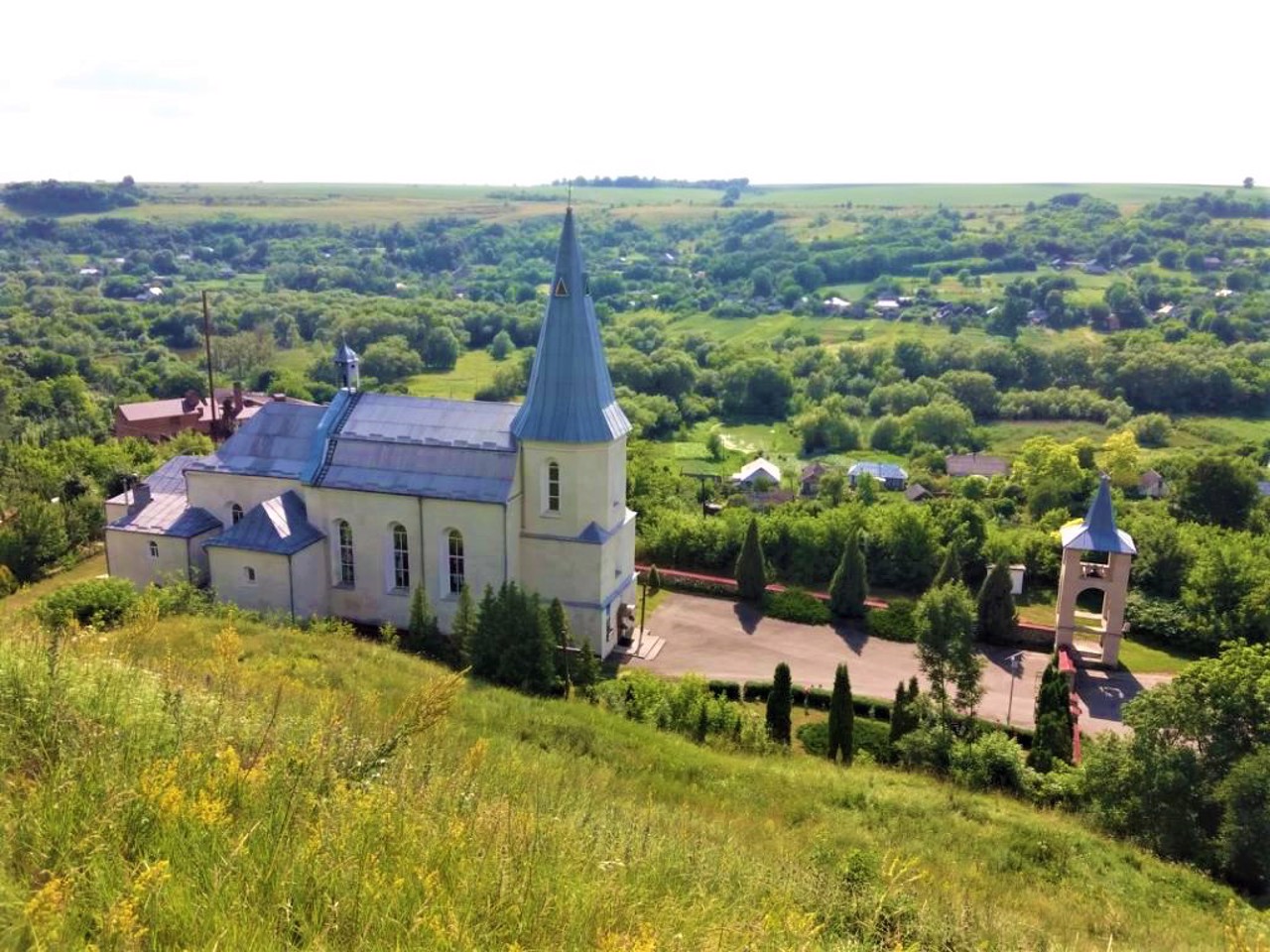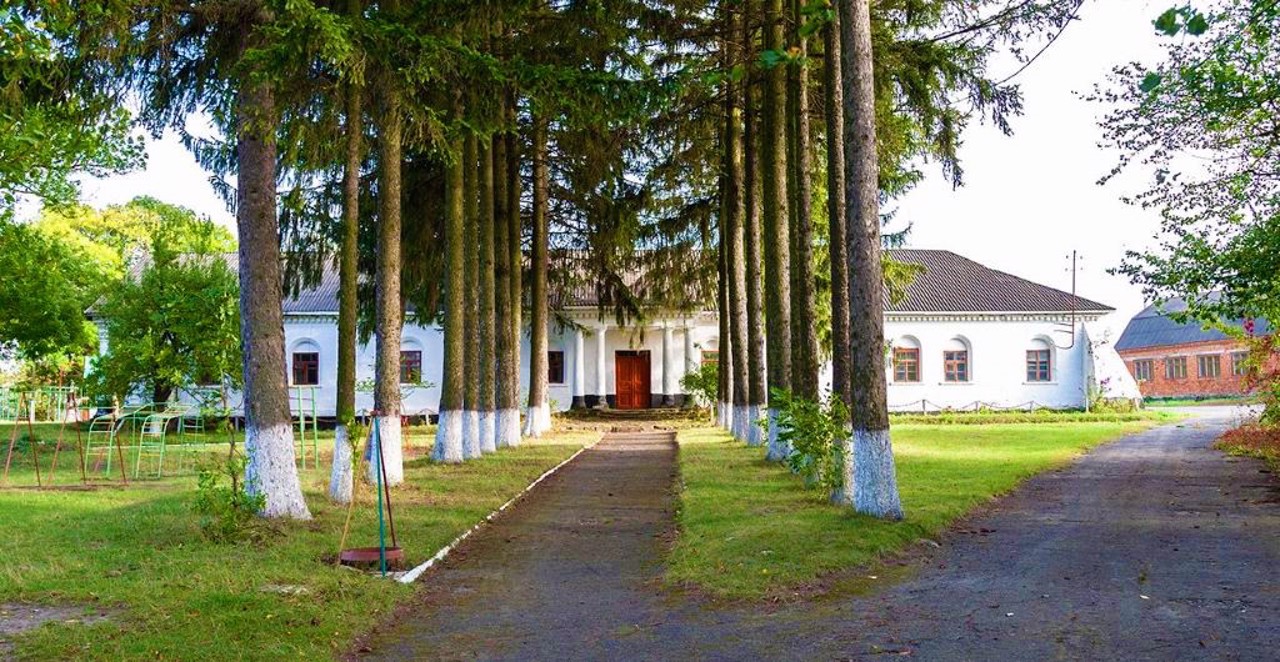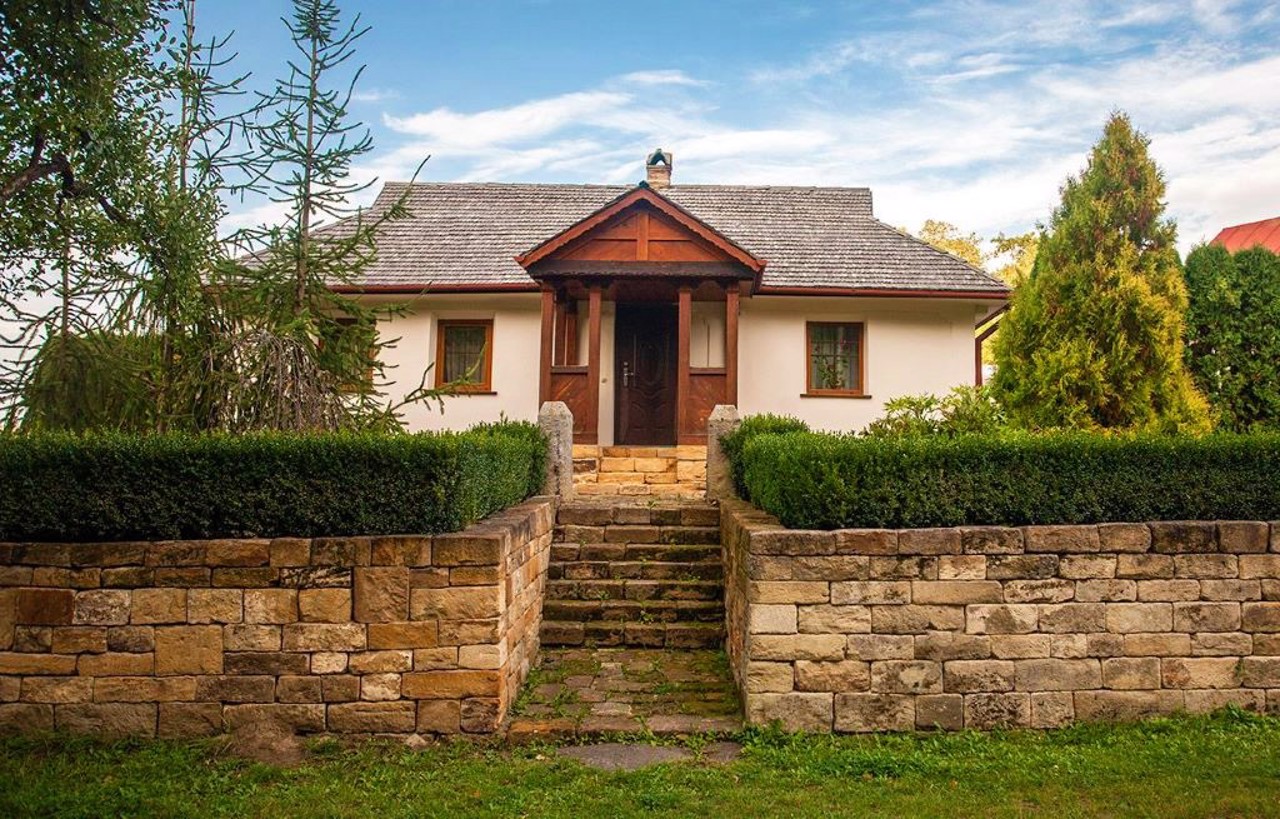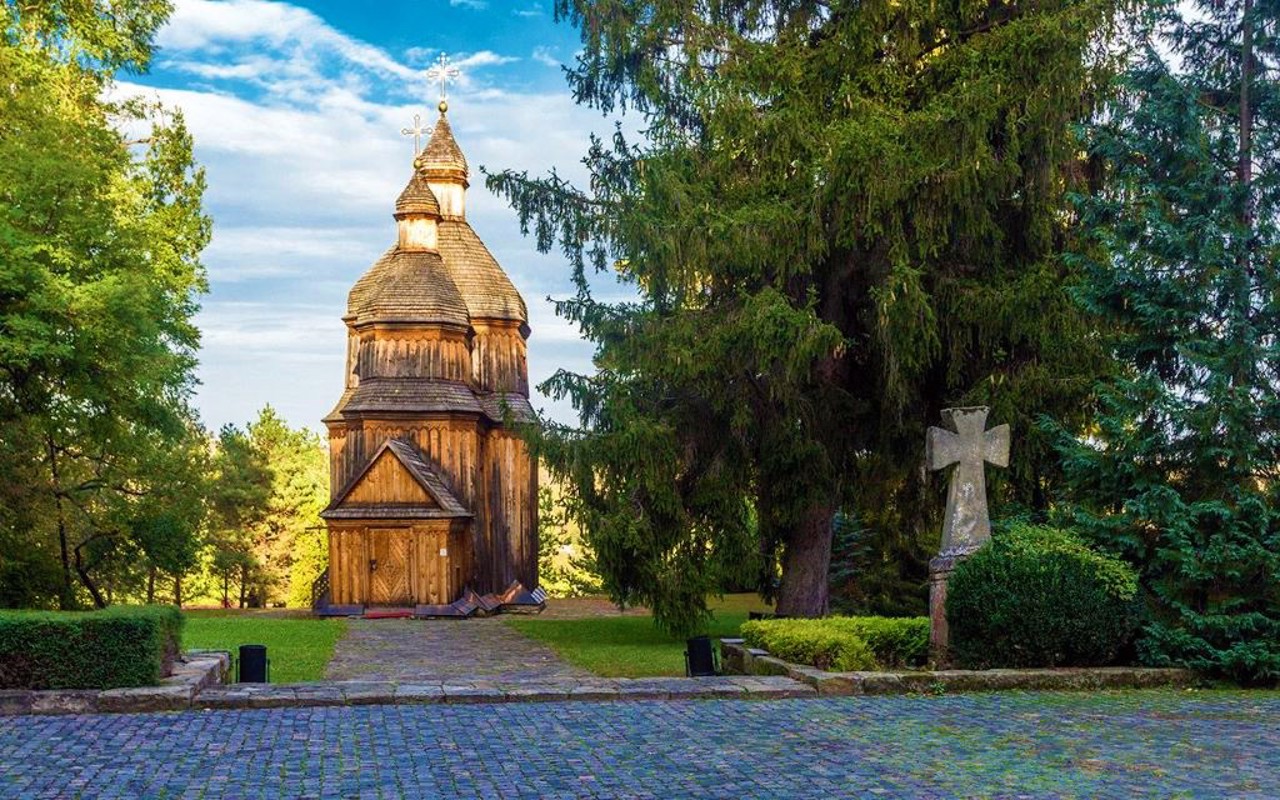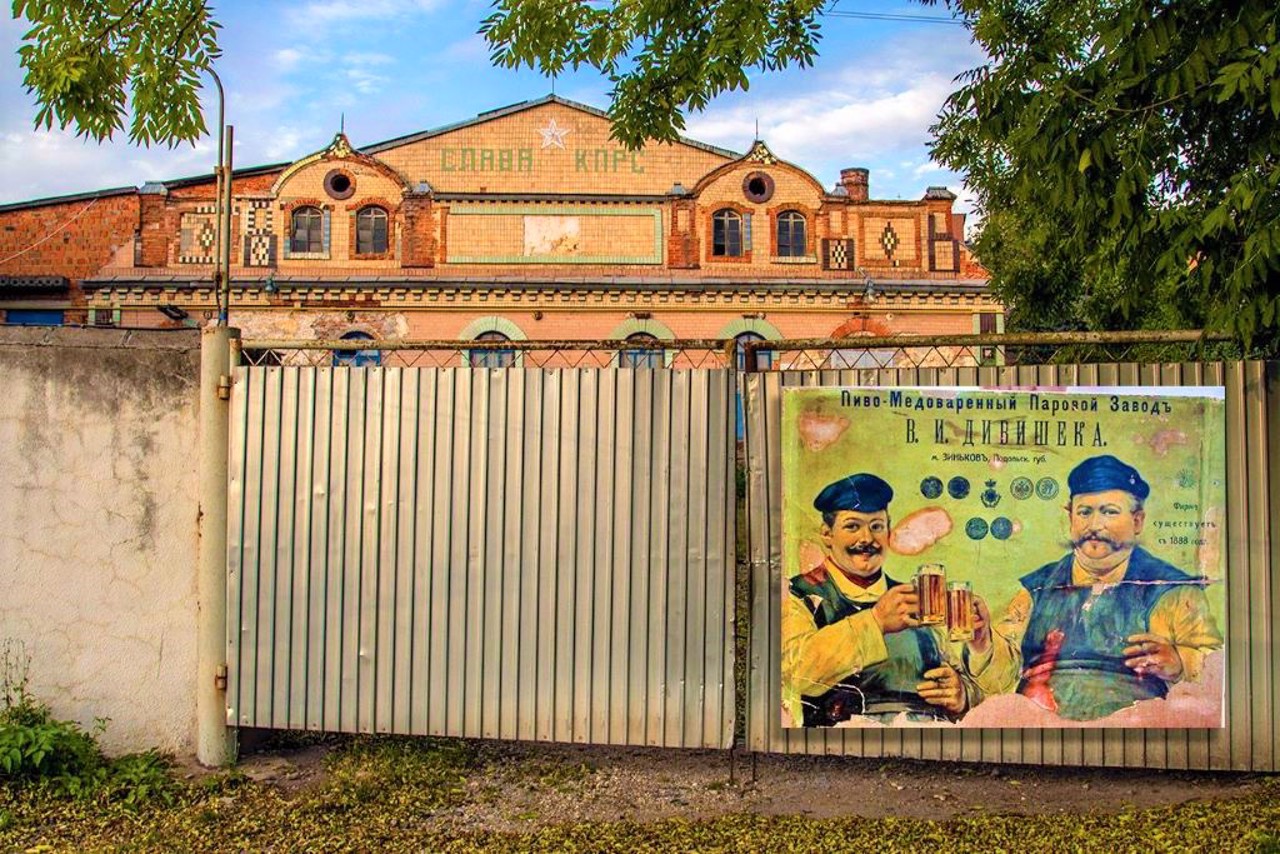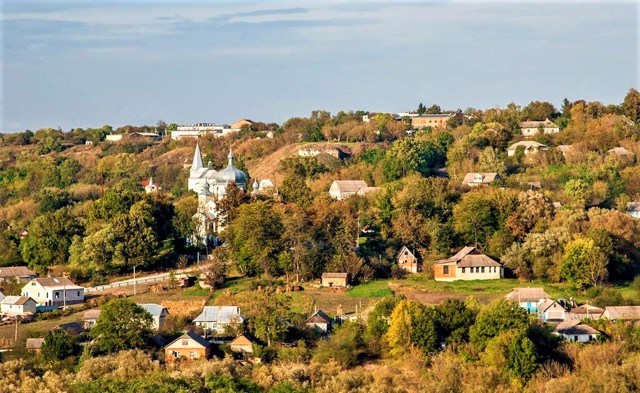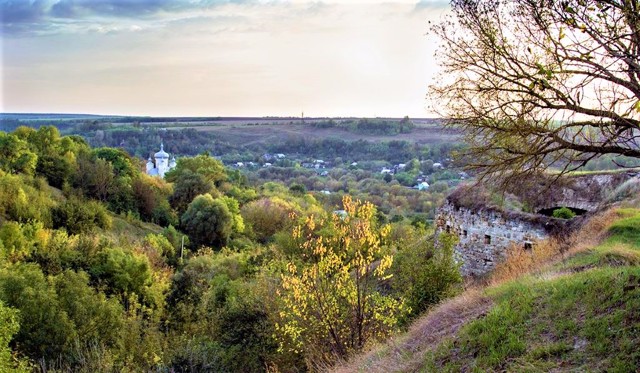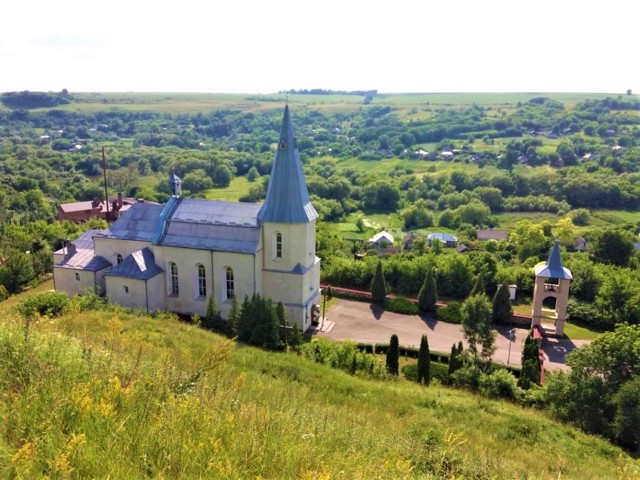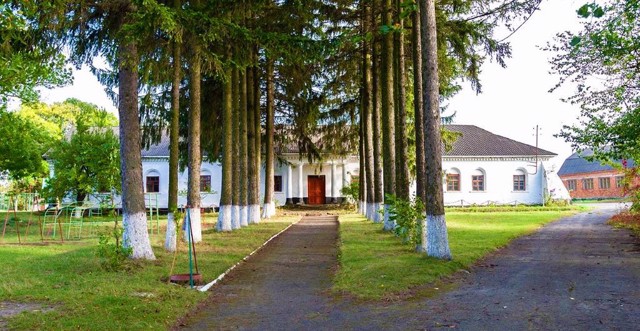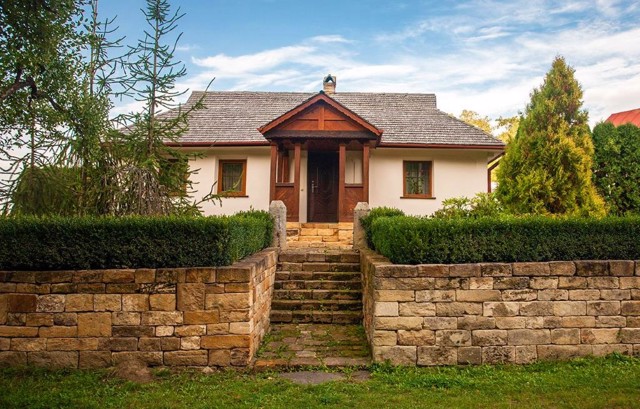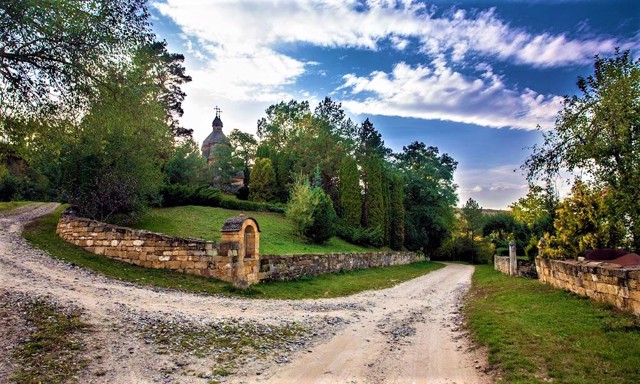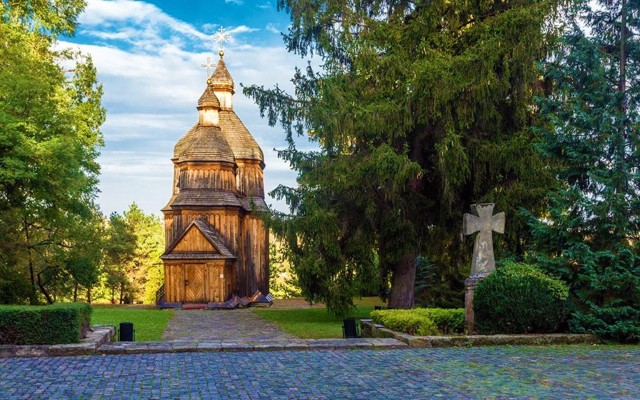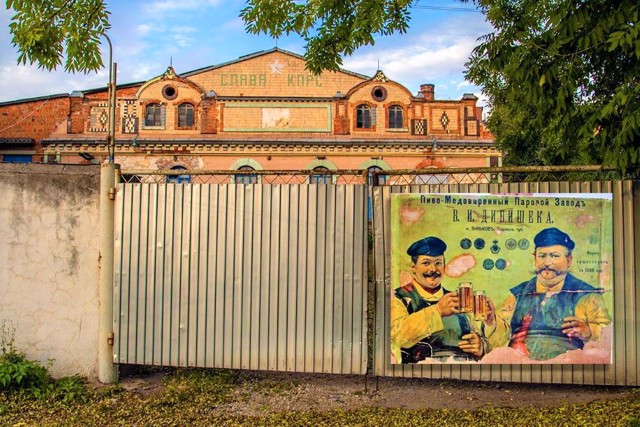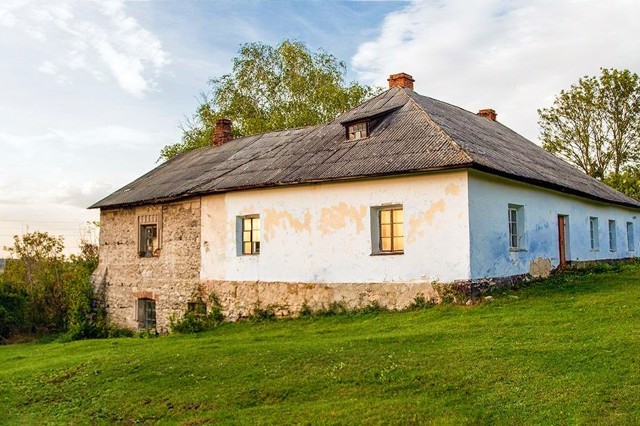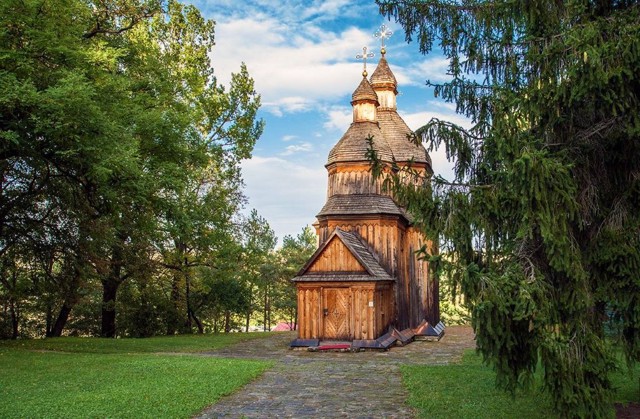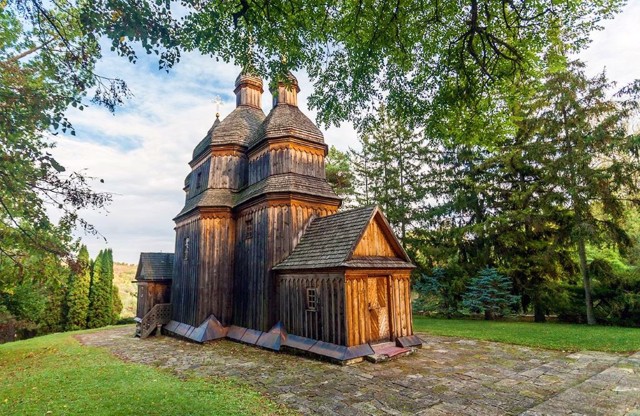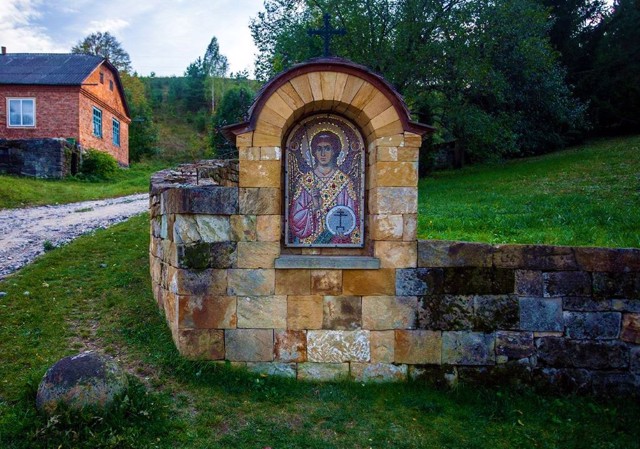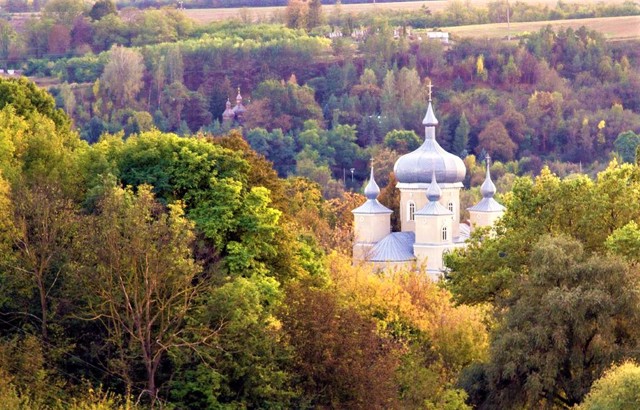Functional temporarily unavailable
General information about Zinkiv
The ancient village of Zinkiv is located on the Vushka River (a tributary of Ushitsi) between Vinkivtsi and Dunaivtsi.
It has been known since 1404, when the Polish king Vladyslav II Yahaylo presented these lands to Petro Shafranets. On the high, narrow cape between the river and the ravine, there was an Old Rus fortification as early as the 13th-14th centuries. In 1431, in its place, the new owner of Zinkiv, the Podillya Voivode Petro Odrovonzh of Sprova, laid a stone Zinkiv Castle (dismantled at the end of the 19th century, the ruins have been preserved). In the 15th century, when Andriy Odrovonzh owned the castle, the city received Magdeburg rights. The castle withstood several Tatar sieges. From Odrovonzh Zinkiv passed as a dowry to the Senyavsky family, who owned the city unt ...
The ancient village of Zinkiv is located on the Vushka River (a tributary of Ushitsi) between Vinkivtsi and Dunaivtsi.
It has been known since 1404, when the Polish king Vladyslav II Yahaylo presented these lands to Petro Shafranets. On the high, narrow cape between the river and the ravine, there was an Old Rus fortification as early as the 13th-14th centuries. In 1431, in its place, the new owner of Zinkiv, the Podillya Voivode Petro Odrovonzh of Sprova, laid a stone Zinkiv Castle (dismantled at the end of the 19th century, the ruins have been preserved). In the 15th century, when Andriy Odrovonzh owned the castle, the city received Magdeburg rights. The castle withstood several Tatar sieges. From Odrovonzh Zinkiv passed as a dowry to the Senyavsky family, who owned the city until the middle of the 18th century. During the Liberation War, the city suffered a lot; under the Turks, the castle was fortified, and after the return of the Poles in the 18th century, it was completely restored. In 1774, Zinkiv was given as a dowry by Mariya Chortoriyska, having married Prince Lyudvik Vyurtemberzkyi.
The Trinity Church (1679), the wooden Michael Bonaparte Church (1769), the manor house (19th century), the Davishen brewery (1902) and some other buildings from the late 19th - early 20th centuries have been preserved.
The famous Zinkiv black sausage is produced here.
Старовинне село Зіньків на річці Вушка (притока Ушиці) розташоване між Віньківцями та Дунаївцями.
Відоме з 1404 року, коли польський король Владислав II Ягайло подарував ці землі Петрові Шафранцю. На високому вузькому мисі між річкою та яром ще в XIII-XIV століттях існувало давньоруське укріплення. В 1431 році на його місці новий власник Зінькова подільський воєвода Петро Одровонж зі Спрови заклав кам'яний Зіньківський замок (розібраний в кінці XIX століття, збереглися руїни). В XV столітті, коли замком володів Андрій Одровонж, місто отримало Магдебурзьке право. Замок витримав кілька татарських облог. Від Одровонжей Зіньків перейшов як придане до роду Сенявських, які володіли містом до середини XVIII століття. Під час Визвольної війни місто сильно постраждало; при турках замок ...
Старовинне село Зіньків на річці Вушка (притока Ушиці) розташоване між Віньківцями та Дунаївцями.
Відоме з 1404 року, коли польський король Владислав II Ягайло подарував ці землі Петрові Шафранцю. На високому вузькому мисі між річкою та яром ще в XIII-XIV століттях існувало давньоруське укріплення. В 1431 році на його місці новий власник Зінькова подільський воєвода Петро Одровонж зі Спрови заклав кам'яний Зіньківський замок (розібраний в кінці XIX століття, збереглися руїни). В XV столітті, коли замком володів Андрій Одровонж, місто отримало Магдебурзьке право. Замок витримав кілька татарських облог. Від Одровонжей Зіньків перейшов як придане до роду Сенявських, які володіли містом до середини XVIII століття. Під час Визвольної війни місто сильно постраждало; при турках замок було укріплено, а після повернення поляків у XVIII столітті повністю відновлено. В 1774 році Зіньків отримала як придане Марія Чорторийська, побравшись з князем Людвіком Вюртемберзьким.
Збереглися Троїцький костел (1679 рік), дерев'яна Михайлівська церква Бонапарт (1769 рік), садибний будинок (XIX століття), пивний завод Девішена (1902 рік) та деякі інші будівлі кінця XIX - початку XX століття.
Тут виробляють знамениту зіньківську чорну ковбасу.
Сплануй своє перебування у Zinkiv
What to see and where to go in Zinkiv
Tourist attractions and museums of Zinkiv
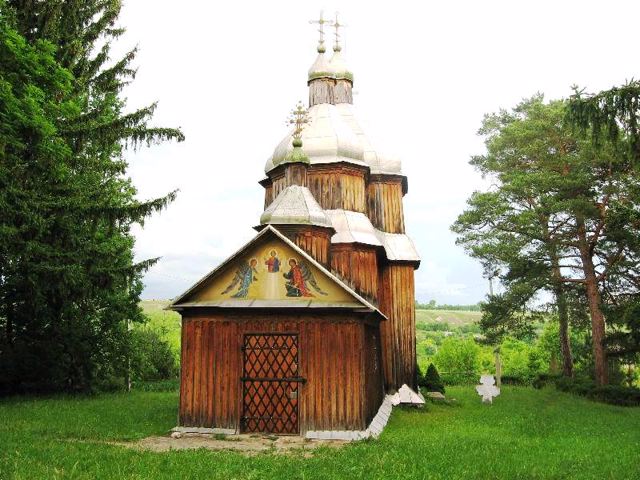
Saint Michael the Archangel Church
Temple , Architecture
The wooden church of Saint Michael the Archangel in Zinkiv was built in 1769. The temple is three-log, on a stone foundation. The log houses are faceted in plan, the same in height, united with the help of large arches into a single space. The cracks have a shingle coating. Carved choirs are arranged above the western part. Ornamental paintings have also been preserved.
During the reconstruction in 2007, the wooden annex through which the temple was entered disappeared. The old wooden belfry has not been preserved, a new brick one was built in its place.
Nearby is an old memorial cross (mid-19th century). The territory is well-kept and has a large number of green spaces.
From the top of the hill, where the Saint Michael's Church is located, a view of the village and the ruins of the Zinkiv Castle opens.
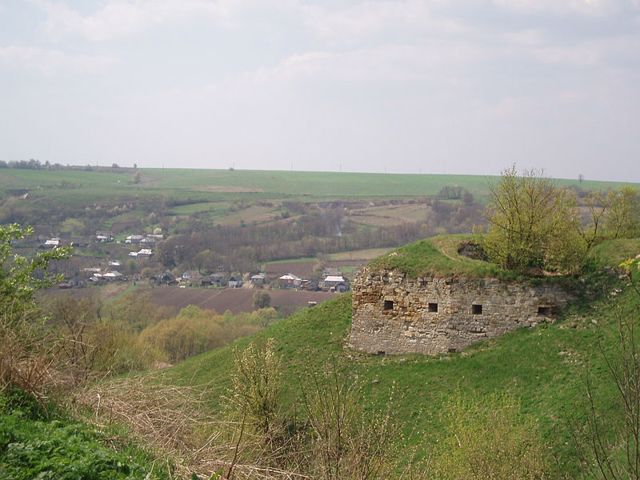
Zinkiv Castle
Castle / fortress
The ruins of the castle in Zinkiv are located on a high oblong promontory formed by the valley of the Ushka River and a ravine.
Zinkiv Castle was founded on the site of an ancient Russian fortification in 1431 by the Podillya Voivode Petro Odrovonzh, making it one of the most important outposts in the network of Podillya fortresses. He repeatedly repelled Tatar attacks.
The castle, triangular in plan with walls 10 meters high and up to 3.5 meters thick at the corners, had large hexagonal towers, two of them three-story, one a four-story donjon tower. One of the walls of the fortress was the outer wall of a large three-story building. From the side of the city, the castle was separated by a deep moat, over which a suspension bridge was thrown.
The fortress was slightly damaged during the Liberation War and during the Turkish invasion, but was completely rebuilt after the return of the Poles in the 18th century, when Zinkiv was owned by the Senyavskyis.
In the 19th century, Zinkiv Castle was used for administrative and economic purposes, but in 1898, the village community decided that the old walls threatened the church below, and the building was almost completely dismantled for building materials. Only the ruins of its oldest part - the southern tower (one floor high) and four casemate apartments under the foundation of the western wall - have survived from the once powerful fortress.
Reviews Zinkiv
Geographical information about Zinkiv
| {{itemKey}} | {{itemValue}} |
|---|---|
| Region |
Khmelnytskyi |
